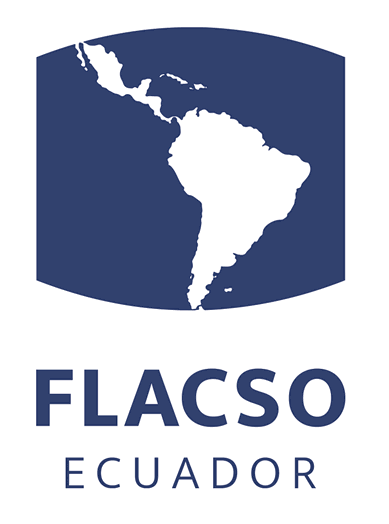Por favor, use este identificador para citar o enlazar este ítem:
http://hdl.handle.net/10469/23981Registro completo de metadatos
| Campo DC | Valor | Lengua/Idioma |
|---|---|---|
| dc.creator | Madueño Álvarez, Miguel | - |
| dc.date | 2024-05 | - |
| dc.date.accessioned | 2025-08-14T21:18:53Z | - |
| dc.date.available | 2025-08-14T21:18:53Z | - |
| dc.identifier.citation | Madueño Álvarez, Miguel. 2024. El Ártico en la configuración del espacio ruso y el final del Heartlanda o The Artic in the shaping of Russian Space and the End of Heartland. Urvio. Revista Latinoamericana de Estudios de Seguridad, 39: 117-134. | es_ES |
| dc.identifier.issn | 1390-3691 | - |
| dc.identifier.issn | 1390-4299 (en línea) | - |
| dc.identifier.uri | http://hdl.handle.net/10469/23981 | - |
| dc.description | Este artículo analiza cómo la teoría geopolítica expuesta por Halford Mackinder se ve amenazada por las previsiones del deshielo del Ártico, en el mediano plazo, y cómo estas predicciones transforman el marco estratégico de los países que conforman el territorio, en especial, de la Federación Rusa. Este cambio, que supone el final del Heartland, deja a Rusia en una situación privilegiada por su cercanía y control de las rutas comerciales y los recursos naturales, pero compone también un escenario nuevo en el que la pasada invulnerabilidad marítima queda abierta a experiencias, hasta ahora, desconocidas. Al centrarse en un análisis entre la teoría de Mackinder y la situación actual del Ártico, el artículo trata de dar respuesta a la importancia del Polo Norte, dada su posición geográfica y su naturaleza de mar helado, y a en qué medida puede suponer este una alteración de los equilibrios de poder en el orden regional y global. | es_ES |
| dc.description | This article analyses how the geopolitical theory set out by Halford Mackinder is threatened by forecasts of Arctic ice melt in the medium term and transforms the strategic framework of the countries that make up the territory, especially the Russian Federation. This change, which marks the end of the Heartland, leaves Russia in a privileged situation due to its proximity to and control of trade routes and natural resources, but also creates a new scenario in which past maritime invulnerability is open to hitherto unknown experiences. Focusing on a comparative analysis between Halford Mackinder's theory and the current situation of the Arctic, the article tries to find answers to the the importance of the North Pole, given its geographical position and sea ice nature, and to the extent to which it may entail an alteration of the balance of power in the regional and global order. | es_ES |
| dc.format | páginas 117-134 | es_ES |
| dc.language | spa | es_ES |
| dc.publisher | Quito, Ecuador : Flacso Ecuador | es_ES |
| dc.rights | openAccess | es_ES |
| dc.rights | Atribución-NoComercial-SinDerivadas 3.0 Ecuador | * |
| dc.rights.uri | http://creativecommons.org/licenses/by-nc-nd/3.0/ec/ | * |
| dc.subject | GEOGRAFÍA POLÍTICA | es_ES |
| dc.subject | REGIÓN ÁRTICA | es_ES |
| dc.subject | HEARTLAND | es_ES |
| dc.subject | MACKINDER | es_ES |
| dc.subject | RUSIA | es_ES |
| dc.subject | TERRITORIO | es_ES |
| dc.title | El Ártico en la configuración del espacio ruso y el final del Heartlanda | es_ES |
| dc.title.alternative | The Artic in the shaping of Russian Space and the End of Heartland | es_ES |
| dc.type | article | es_ES |
| dc.tipo.spa | Artículo | es_ES |
| Aparece en las colecciones: | Revista Urvio No. 39, may. 2024 | |
Archivos en este ítem:
| Archivo | Descripción | Tamaño | Formato | |
|---|---|---|---|---|
| RFLACSO-Ur39-07-Madueno.pdf | Artículo - revista | 2,19 MB | Adobe PDF |  Visualizar/Abrir |
Este ítem está sujeto a una licencia Attribution NonComercial ShareAlike (CC BY-NC-SA 4.0)
Licencia Creative Commons



